Imagine trudging through a muddy trail, your boots slipping on wet rocks, or feeling every pebble jab into your soles. Sounds like a hiking nightmare, right? The truth is, your boots can make or break your adventure. Whether you’re scaling rocky peaks, crossing streams, or strolling through forests, the right hiking boots are your trusty sidekicks. In 2025, the market is packed with innovative designs that tackle every terrain with ease. This article dives deep into the best hiking boots for all terrains this year, analyzing their features, performance, and value to help you find the perfect pair. Let’s lace up and explore!
Why Choosing the Right Hiking Boots Matters
Hiking isn’t just a walk in the park—it’s a full-body challenge that demands gear you can rely on. Your boots are the foundation of every step, and picking the wrong pair is like building a house on sand. A good pair keeps you comfortable, protects your feet, and boosts your confidence on tricky trails. But why exactly are hiking boots so critical?
The Role of Boots in Hiking Success
Your boots are your first line of defense against blisters, sprained ankles, and soggy socks. They absorb shock, provide stability, and grip surfaces to keep you upright. According to testers at REI, top-tier boots like the Merrell Moab have summited peaks like Kilimanjaro, proving their worth in extreme conditions. Without proper footwear, you’re risking injury and cutting your adventure short. Ever twisted an ankle mid-hike? It’s not fun, and the right boots can prevent that.

Terrain-Specific Challenges
Every trail throws something different at you—mud, loose gravel, slick rocks, or snowy slopes. Boots designed for all terrains need to handle these challenges without flinching. For example, deep lugs are great for muddy paths but can feel clunky on hard-packed trails. A versatile boot balances these demands, ensuring you’re ready for whatever Mother Nature dishes out. So, what makes a boot truly all-terrain?
Key Features to Look for in Hiking Boots
Not all boots are created equal. To conquer diverse landscapes, you need footwear with specific features that stand up to the test. Let’s break down the must-haves.
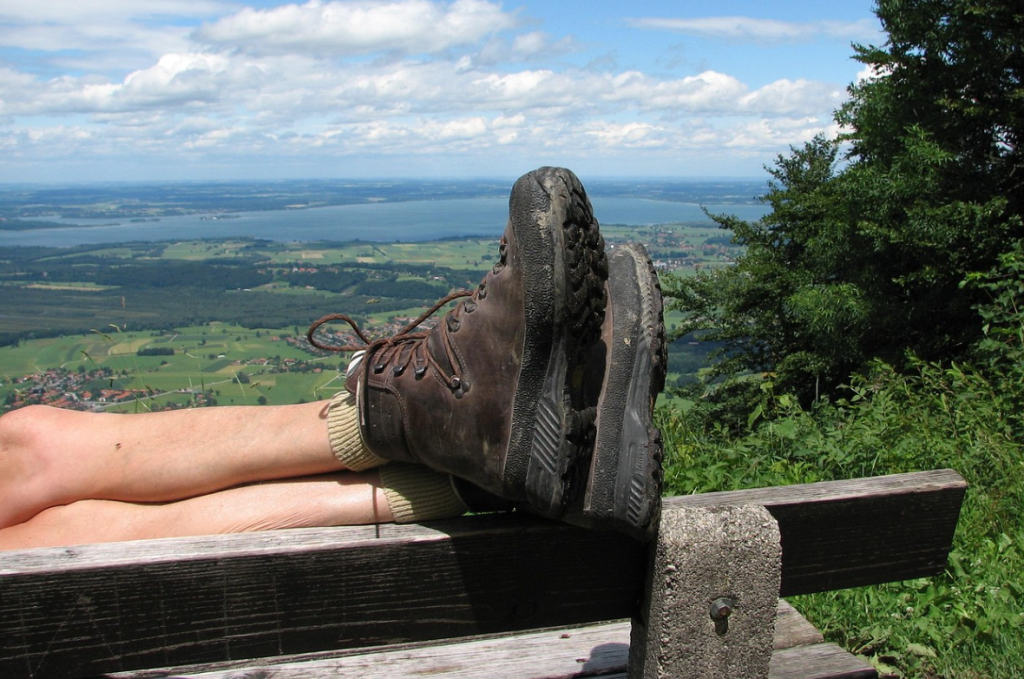
Traction and Outsole Design
Traction is your boots’ grip on the world. Outsoles with deep lugs (like Vibram’s Megagrip) bite into loose or wet surfaces, keeping you steady. Testers at Outdoor Gear Lab praise boots with 5mm lugs for their ability to cling to slippery logs and rocks. Softer rubber compounds offer better grip but wear faster, while harder ones last longer but may slip. It’s a trade-off, but the best boots find the sweet spot.

Waterproofing and Breathability
Nobody likes soggy feet, but sweaty ones aren’t much better. Waterproof membranes like Gore-Tex keep water out while letting moisture escape, striking a balance between dryness and breathability. Wirecutter’s tests confirm that Gore-Tex boots, like the Salomon Quest 4, excel in wet conditions without overheating. For summer hikes, non-waterproof options might suffice, but all-terrain boots should handle rain and streams.

Ankle Support and Stability
Mid-height boots offer the best of both worlds: ankle support without the bulk of high-tops. They stabilize your feet on uneven ground, especially when carrying a pack. GearJunkie’s testing shows that boots with structured midsoles, like the Salomon Quest 4, prevent ankle rolls on technical trails. If you’re scrambling over rocks, this support is a game-changer.

Top Hiking Boots for 2025
After scouring reviews, tester feedback, and real-world performance, we’ve rounded up the best hiking boots for all terrains in 2025. These picks shine across muddy trails, rocky ascents, and everything in between.
Salomon X Ultra 5 Mid GTX
The Salomon X Ultra 5 Mid GTX is a lightweight champ that feels like a trail runner but performs like a boot. Weighing just 1 lb. 12.2 oz. (men’s), it’s nimble yet supportive, thanks to its Contagrip outsole and ADV-C chassis for stability. Testers at CleverHiker rave about its grip on snow, mud, and loose gravel. The Gore-Tex membrane keeps feet dry, though it’s less breathable in hot weather. Its narrow fit may not suit wide feet, but for most hikers, it’s a versatile all-star.

Why It’s Great for All Terrains
From wet rocks to dusty trails, the X Ultra 5 handles it all. Its 5.1mm lugs provide exceptional traction, and the quick-lace system ensures a snug fit. Testers at RunRepeat note its braking power on steep descents, making it ideal for variable terrain. If you want agility without sacrificing protection, this boot delivers.

Merrell Moab 3 Mid GTX
The Merrell Moab 3 Mid GTX is the “mother of all boots” for a reason. At $110, it’s a budget-friendly workhorse with a Vibram TC5+ outsole and Gore-Tex waterproofing. Testers at Mountaineer Journey found it rivals pricier boots like the Salomon X Ultra for stability. Its wide toe box suits broader feet, but the thinner insole may need aftermarket inserts for long hikes.

Best for Budget Hikers
For under $150, the Moab 3 offers unbeatable value. It grips steep, muddy trails and handles light snow with ease. The Guardian’s tests confirm its breathable mesh and suede upper make it great for warmer hikes. If you’re new to hiking or watching your wallet, this boot won’t disappoint.

Hoka Kaha 3 GTX
The Hoka Kaha 3 GTX is a cushioned dream for long-distance hikers. Its 39.3mm stack height absorbs trail impact, and the Vibram Megagrip outsole clings to wet and dry surfaces. National Geographic praises its plush comfort and recycled materials. At 2 lbs. 8 oz., it’s not the lightest, but its stability shines on extended treks.

Ideal for Long-Distance Comfort
If you’re logging 15-mile days, the Kaha 3’s EVA cushioning feels like walking on clouds. Its wide base prevents wobbles on loose terrain, though it’s less agile on technical scrambles. Forbes notes its durability on mixed trails, making it a top pick for multi-day adventures.

La Sportiva Ultra Raptor II Mid GTX
The La Sportiva Ultra Raptor II Mid GTX strikes a perfect balance between lightweight agility and rugged support. At 1.56 lbs., it’s comfortable out of the box with a nubuck leather upper and deep lugs for grip. Outdoor Gear Lab’s Trish Matheny calls it her favorite for steep, loose descents. It fits small, so size up, but its stability is unmatched.

Perfect for Technical Terrains
This boot thrives on rocky, uneven trails. Its 5-inch shaft supports ankles under heavy packs, and the Gore-Tex liner handles wet conditions. The Guardian highlights its durability after hundreds of miles. For hikers tackling challenging routes, the Ultra Raptor II is a beast.

How to Choose the Right Boot for You
With so many options, picking the perfect boot can feel overwhelming. It’s not just about brand names—it’s about matching the boot to your needs. Here’s how to narrow it down.
Fit and Sizing Tips
A proper fit is non-negotiable. Try boots in the afternoon when your feet are slightly swollen, and wear your hiking socks. Leave a thumb’s width of space at the toe to prevent jamming on descents. Wirecutter suggests walking on an incline board in-store to test stability. If you’re between sizes, go up for comfort.

Matching Boots to Your Hiking Style
Are you a day hiker or a backpacker? Day hikers can opt for lighter boots like the Salomon X Ultra, while backpackers need burlier options like the Salomon Quest 4 for heavy loads. CNN Underscored notes that low-cut shoes suit flat trails, but mid-height boots are better for rugged terrain. Know your trails, and choose accordingly.

Caring for Your Hiking Boots
Investing in quality boots is just the start—proper care keeps them trail-ready for years. A little TLC goes a long way.
Cleaning and Waterproofing
After every hike, brush off dirt and clean with a damp cloth. For leather boots, use a conditioner to prevent cracking. Reapply waterproofing spray or wax every few months to maintain the membrane’s effectiveness. Trailspace testers swear by this routine for extending boot life.

Storage Tips
Store boots in a cool, dry place away from direct sunlight. Avoid leaving them in damp basements or hot car trunks, as heat and moisture can degrade materials. Stuff them with newspaper to maintain shape during off-seasons. These simple steps ensure your boots are ready for your next adventure.
Conclusion
Finding the best hiking boots for all terrains in 2025 is about balancing comfort, durability, and versatility. From the lightweight Salomon X Ultra 5 Mid GTX to the cushioned Hoka Kaha 3 GTX, there’s a boot for every hiker. Consider your terrain eTraction, waterproofing, and support are key to conquering any trail. By choosing the right boots and caring for them properly, you’ll hit the trails with confidence. So, lace up, hit the trails, and let your boots lead the way to unforgettable adventures.
FAQs
1. What’s the best hiking boot for beginners?
The Merrell Moab 3 Mid GTX is a fantastic choice for beginners. It’s affordable, comfortable, and versatile, with great traction and waterproofing for various terrains.
2. How do I know if my hiking boots fit properly?
Your toes should have a thumb’s width of space from the front, and your heel should stay snug without slipping. Walk on an incline to test stability, and ensure no pressure points.
3. Are waterproof boots necessary for hiking?
Waterproof boots like those with Gore-Tex are ideal for wet or unpredictable conditions. For dry, warm hikes, non-waterproof boots with good ventilation might be better.
4. How often should I replace my hiking boots?
It depends on usage, but most boots last 500-1000 miles. Replace them when the outsole wears down, the cushioning feels flat, or the upper shows significant damage.
5. Can I use hiking boots for other activities?
Yes, many hiking boots work for casual walks, light trail running, or even urban exploring. Just ensure they match the activity’s demands for comfort and support.

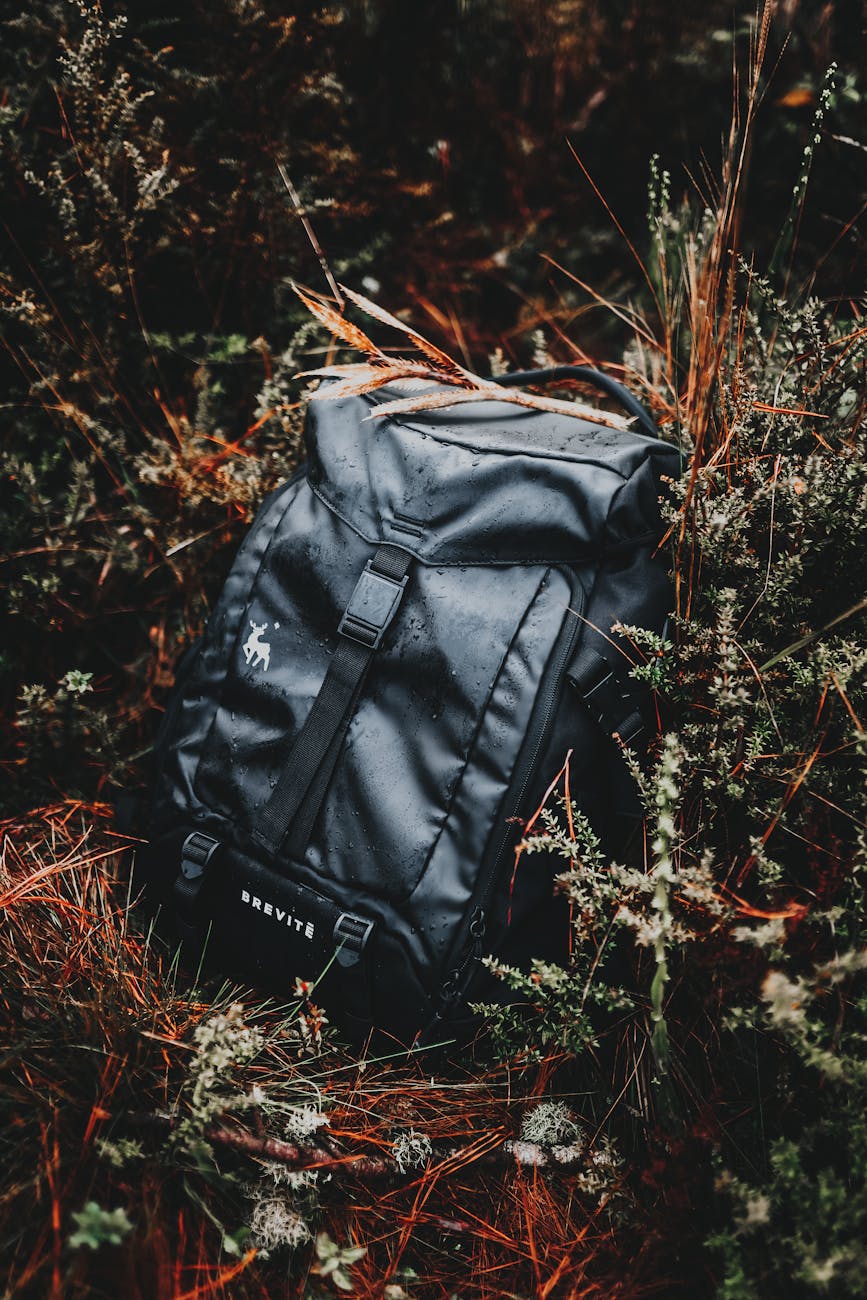
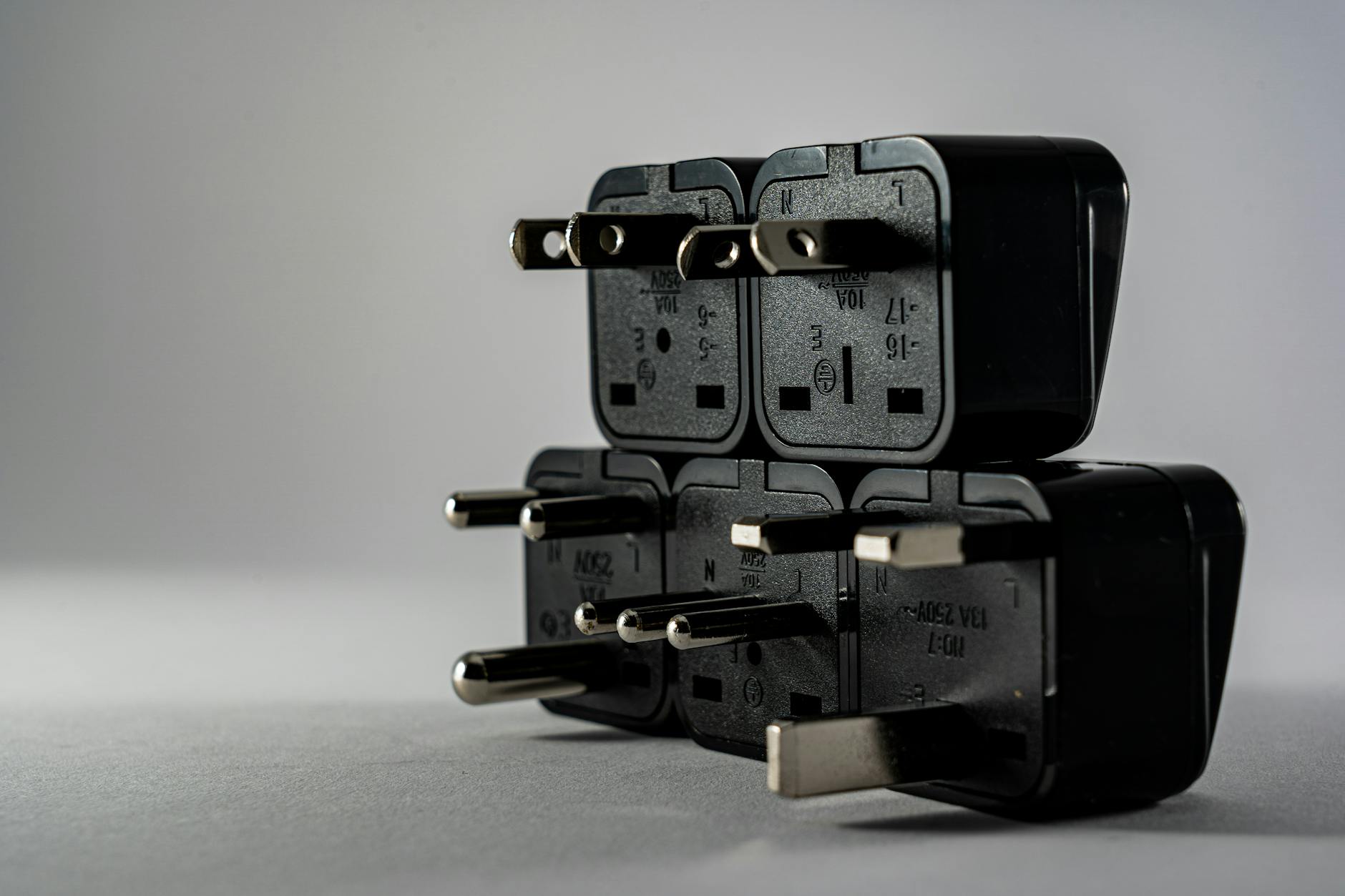
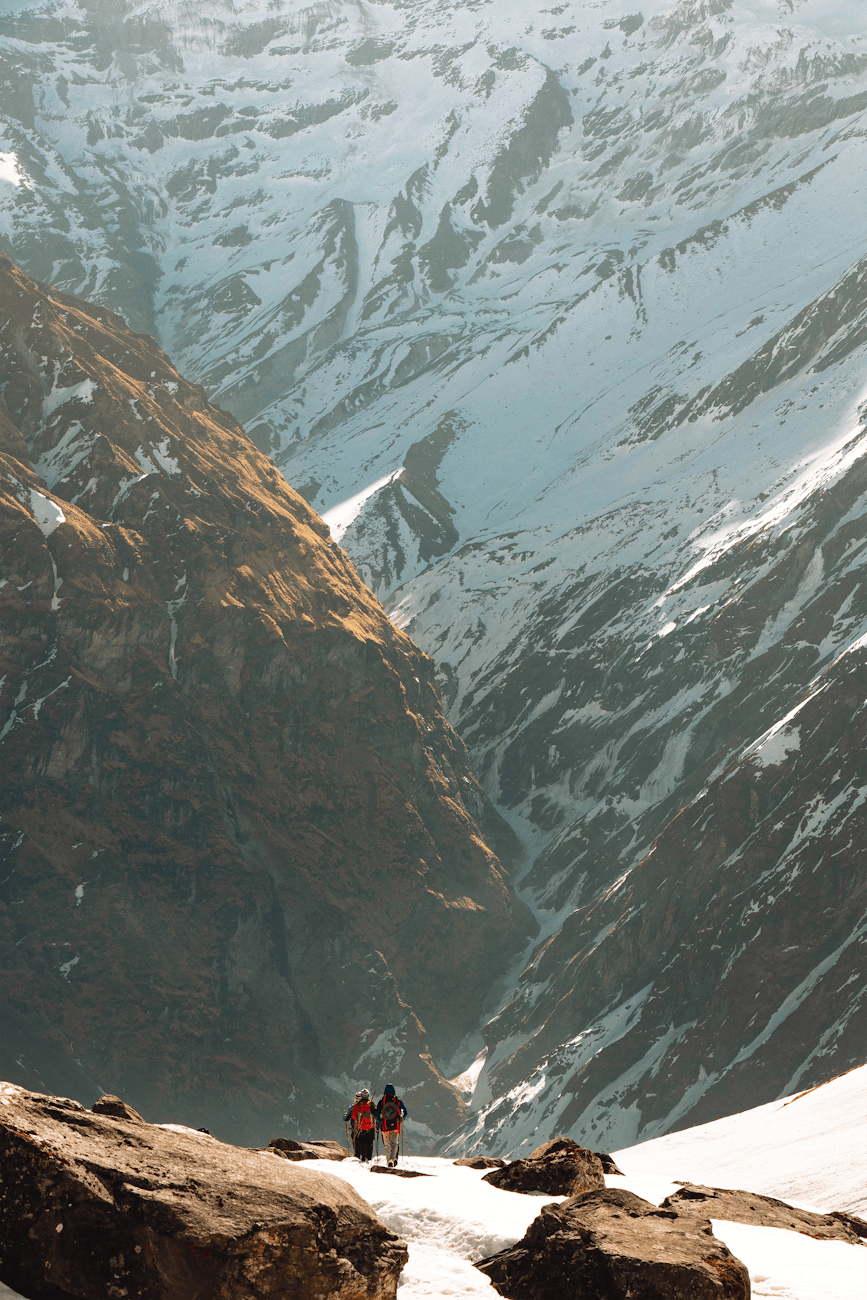
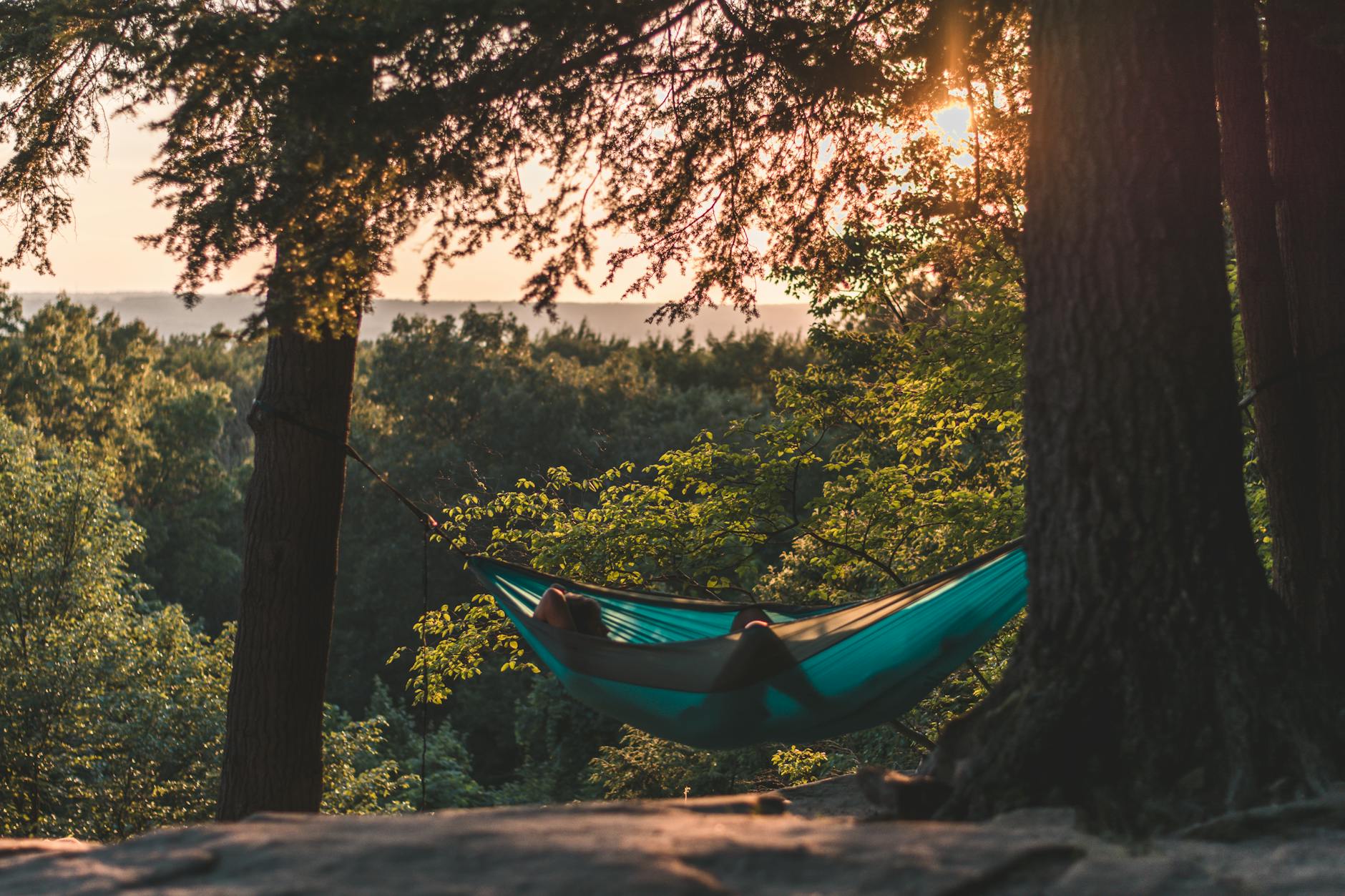

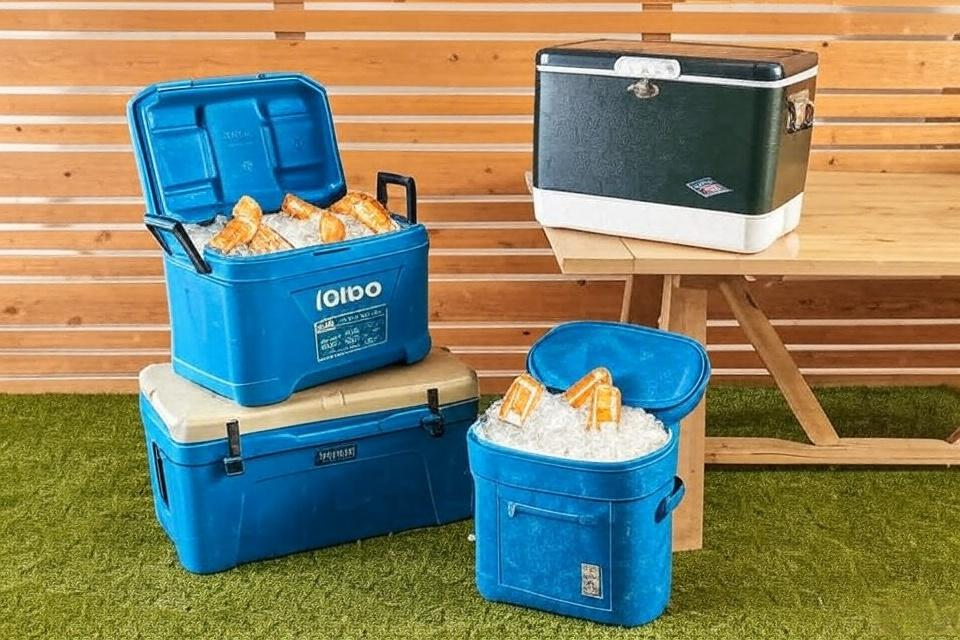



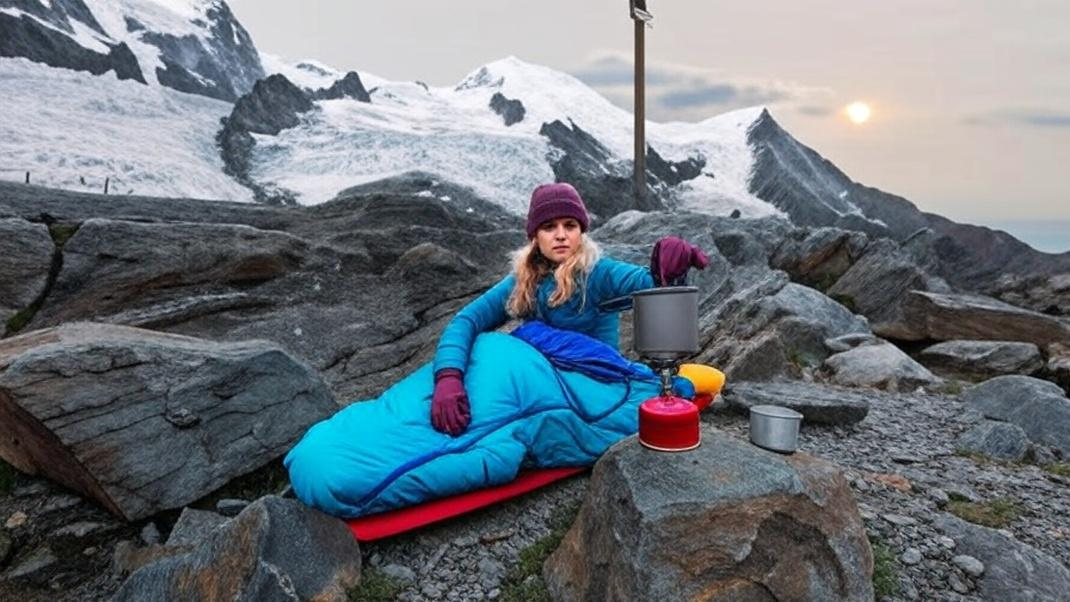




Leave a Reply